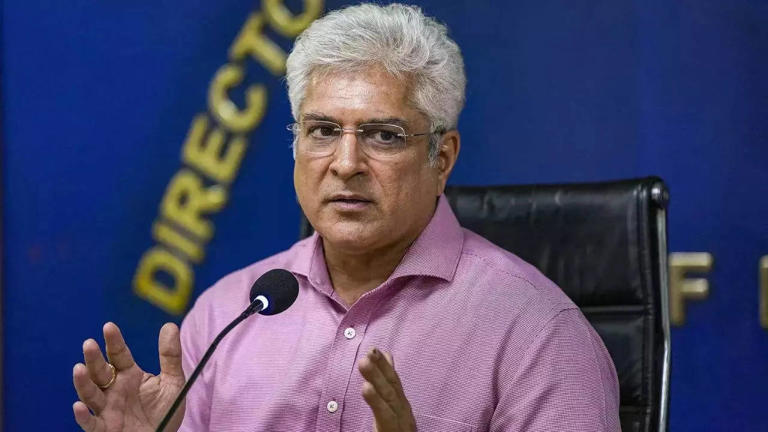Home / world / Biden Declares Equal Rights Amendment as Law: The Path Ahead Remains Unclear
Biden Declares Equal Rights Amendment as Law: The Path Ahead Remains Unclear
By: My India Times
4 minutes read 64Updated At: 2025-01-18

In a historic and contentious moment, President Joe Biden has declared the Equal Rights Amendment (ERA) as the law of the land, reigniting debates over gender equality and constitutional amendments. While this announcement underscores Biden's commitment to advancing women’s rights, the legal and procedural future of the ERA remains uncertain, as lawmakers, courts, and advocates grapple with its implications.
A Century in the Making
The ERA was first introduced to Congress in 1923, with the aim of guaranteeing equal legal rights for all American citizens, regardless of sex. Nearly five decades later, in 1972, it was passed by Congress and sent to the states for ratification, with a deadline of 1979, later extended to 1982. Despite falling three states short of the required 38 for ratification by the 1982 deadline, recent years have seen a resurgence in support.
Virginia became the 38th state to ratify the ERA in 2020, raising questions about whether the amendment could still be recognized as part of the Constitution despite the long-expired deadline. President Biden's statement effectively challenges the notion that the ratification process for the ERA has been closed.
Biden's Declaration and Its Impact
President Biden, speaking at a women's rights event, emphasized the importance of the ERA in ensuring gender equality. “The Equal Rights Amendment is no longer a debate or a question. It is law,” Biden declared, drawing applause from advocates and stirring legal and political debates.
His administration has also urged Congress to take further steps to ensure the ERA’s inclusion in the Constitution. Biden’s statement follows a resolution in the Senate introduced by Senator Ben Cardin and Senator Lisa Murkowski, aimed at removing the 1982 deadline for ratification.
However, the president’s declaration does not carry the weight of legal enforcement. Instead, it serves as a rallying cry to reignite momentum behind the ERA while putting pressure on lawmakers and the judiciary to clarify its status.
Legal and Political Hurdles
Despite Biden’s proclamation, the ERA’s legal standing remains murky. The 1982 deadline is a significant barrier, with opponents arguing that the ratification process cannot be revived retroactively. Legal scholars are divided on whether Congress has the authority to waive the deadline or if the entire process must restart.
Additionally, five states—Idaho, Kentucky, Nebraska, Tennessee, and South Dakota—rescinded their ratifications before the 1982 deadline, complicating the tally. Whether these rescissions are legally valid is another unresolved question.
Opponents of the ERA also argue that it could lead to unintended consequences, such as challenges to laws that single out women for protections, including workplace accommodations and maternity leave.
A Renewed Push for Equality
Supporters of the ERA see Biden’s declaration as a momentous step forward. “The ERA is about ensuring equality under the law for all people, and it’s long overdue,” said Eleanor Smeal, president of the Feminist Majority Foundation. Advocates argue that enshrining the ERA in the Constitution would provide stronger legal protections against gender discrimination and bolster efforts to address wage gaps, sexual harassment, and gender-based violence.
The renewed push for the ERA also reflects broader societal changes. The #MeToo movement, the fight for reproductive rights, and ongoing battles for workplace equality have underscored the persistent challenges faced by women and marginalized genders.
Congressional Action and the Role of the Courts
The fate of the ERA now largely rests with Congress and the judiciary. Lawmakers in both chambers have introduced resolutions to remove the ratification deadline, but partisan divides make passage uncertain.
In the courts, lawsuits have already been filed to challenge the National Archivist’s refusal to certify the ERA as the 28th Amendment. Advocates are optimistic that legal challenges will ultimately favor inclusion, citing precedents where amendments faced procedural delays before recognition.
What Happens Next?
The path forward for the ERA remains complex. Key steps include:
- Congressional Action: Passing resolutions to remove the ratification deadline, which would provide legal clarity for the ERA.
- Judicial Decisions: Court rulings on whether the deadline can be extended or ignored will significantly impact the ERA’s future.
- Public Advocacy: Grassroots campaigns and public support will be critical in pressuring lawmakers and shaping judicial perspectives.
A Turning Point in History
Biden’s declaration of the ERA as law is a symbolic yet significant moment in the fight for gender equality. While it does not resolve the legal uncertainties surrounding the amendment, it reinvigorates a century-old movement and places gender equality at the forefront of national discourse.
As advocates rally and lawmakers deliberate, the ERA’s journey serves as a reminder that progress, even when long overdue, is often a product of persistent effort and unwavering hope. Whether Biden’s declaration marks the culmination of this effort or a renewed chapter in the struggle for equality remains to be seen.
....In a historic and contentious moment, President Joe Biden has declared the Equal Rights Amendment (ERA) as the law of the land, reigniting debates over gender equality and constitutional amendments. While this announcement underscores Biden's commitment to advancing women’s rights, the legal and procedural future of the ERA remains uncertain, as lawmakers, courts, and advocates grapple with its implications.
A Century in the Making
The ERA was first introduced to Congress in 1923, with the aim of guaranteeing equal legal rights for all American citizens, regardless of sex. Nearly five decades later, in 1972, it was passed by Congress and sent to the states for ratification, with a deadline of 1979, later extended to 1982. Despite falling three states short of the required 38 for ratification by the 1982 deadline, recent years have seen a resurgence in support.
Virginia became the 38th state to ratify the ERA in 2020, raising questions about whether the amendment could still be recognized as part of the Constitution despite the long-expired deadline. President Biden's statement effectively challenges the notion that the ratification process for the ERA has been closed.
Biden's Declaration and Its Impact
President Biden, speaking at a women's rights event, emphasized the importance of the ERA in ensuring gender equality. “The Equal Rights Amendment is no longer a debate or a question. It is law,” Biden declared, drawing applause from advocates and stirring legal and political debates.
His administration has also urged Congress to take further steps to ensure the ERA’s inclusion in the Constitution. Biden’s statement follows a resolution in the Senate introduced by Senator Ben Cardin and Senator Lisa Murkowski, aimed at removing the 1982 deadline for ratification.
However, the president’s declaration does not carry the weight of legal enforcement. Instead, it serves as a rallying cry to reignite momentum behind the ERA while putting pressure on lawmakers and the judiciary to clarify its status.
Legal and Political Hurdles
Despite Biden’s proclamation, the ERA’s legal standing remains murky. The 1982 deadline is a significant barrier, with opponents arguing that the ratification process cannot be revived retroactively. Legal scholars are divided on whether Congress has the authority to waive the deadline or if the entire process must restart.
Additionally, five states—Idaho, Kentucky, Nebraska, Tennessee, and South Dakota—rescinded their ratifications before the 1982 deadline, complicating the tally. Whether these rescissions are legally valid is another unresolved question.
Opponents of the ERA also argue that it could lead to unintended consequences, such as challenges to laws that single out women for protections, including workplace accommodations and maternity leave.
A Renewed Push for Equality
Supporters of the ERA see Biden’s declaration as a momentous step forward. “The ERA is about ensuring equality under the law for all people, and it’s long overdue,” said Eleanor Smeal, president of the Feminist Majority Foundation. Advocates argue that enshrining the ERA in the Constitution would provide stronger legal protections against gender discrimination and bolster efforts to address wage gaps, sexual harassment, and gender-based violence.
The renewed push for the ERA also reflects broader societal changes. The #MeToo movement, the fight for reproductive rights, and ongoing battles for workplace equality have underscored the persistent challenges faced by women and marginalized genders.
Congressional Action and the Role of the Courts
The fate of the ERA now largely rests with Congress and the judiciary. Lawmakers in both chambers have introduced resolutions to remove the ratification deadline, but partisan divides make passage uncertain.
In the courts, lawsuits have already been filed to challenge the National Archivist’s refusal to certify the ERA as the 28th Amendment. Advocates are optimistic that legal challenges will ultimately favor inclusion, citing precedents where amendments faced procedural delays before recognition.
What Happens Next?
The path forward for the ERA remains complex. Key steps include:
- Congressional Action: Passing resolutions to remove the ratification deadline, which would provide legal clarity for the ERA.
- Judicial Decisions: Court rulings on whether the deadline can be extended or ignored will significantly impact the ERA’s future.
- Public Advocacy: Grassroots campaigns and public support will be critical in pressuring lawmakers and shaping judicial perspectives.
A Turning Point in History
Biden’s declaration of the ERA as law is a symbolic yet significant moment in the fight for gender equality. While it does not resolve the legal uncertainties surrounding the amendment, it reinvigorates a century-old movement and places gender equality at the forefront of national discourse.
As advocates rally and lawmakers deliberate, the ERA’s journey serves as a reminder that progress, even when long overdue, is often a product of persistent effort and unwavering hope. Whether Biden’s declaration marks the culmination of this effort or a renewed chapter in the struggle for equality remains to be seen.
By: My India Times
Updated At: 2025-01-18
Tags: world News | My India Times News | Trending News | Travel News
Join our WhatsApp Channel


























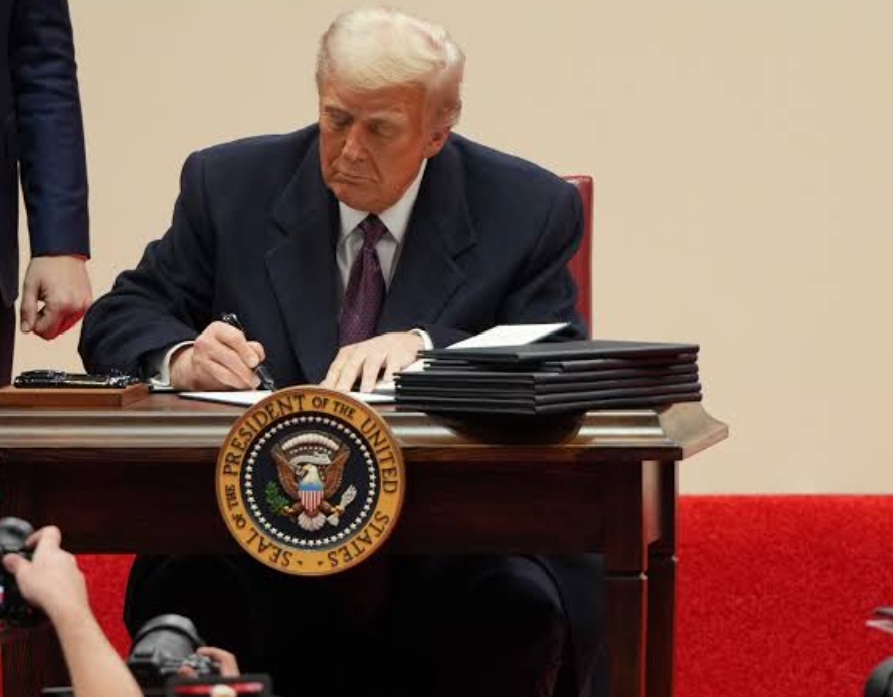

















































.png)








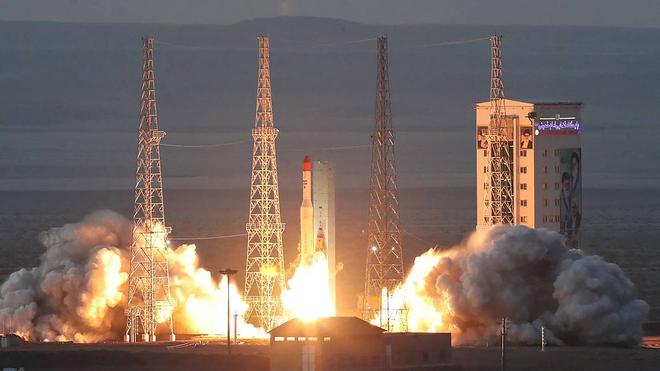









.png)

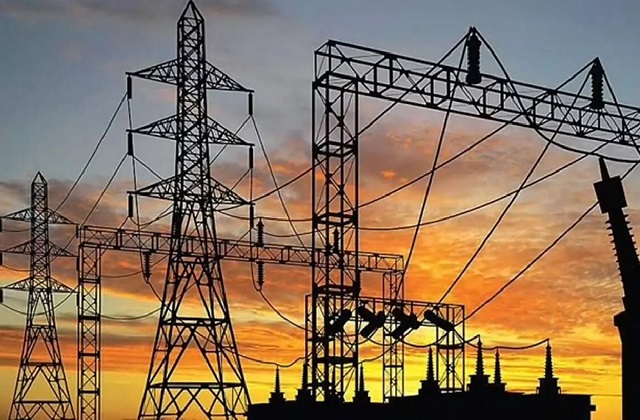





.jfif)







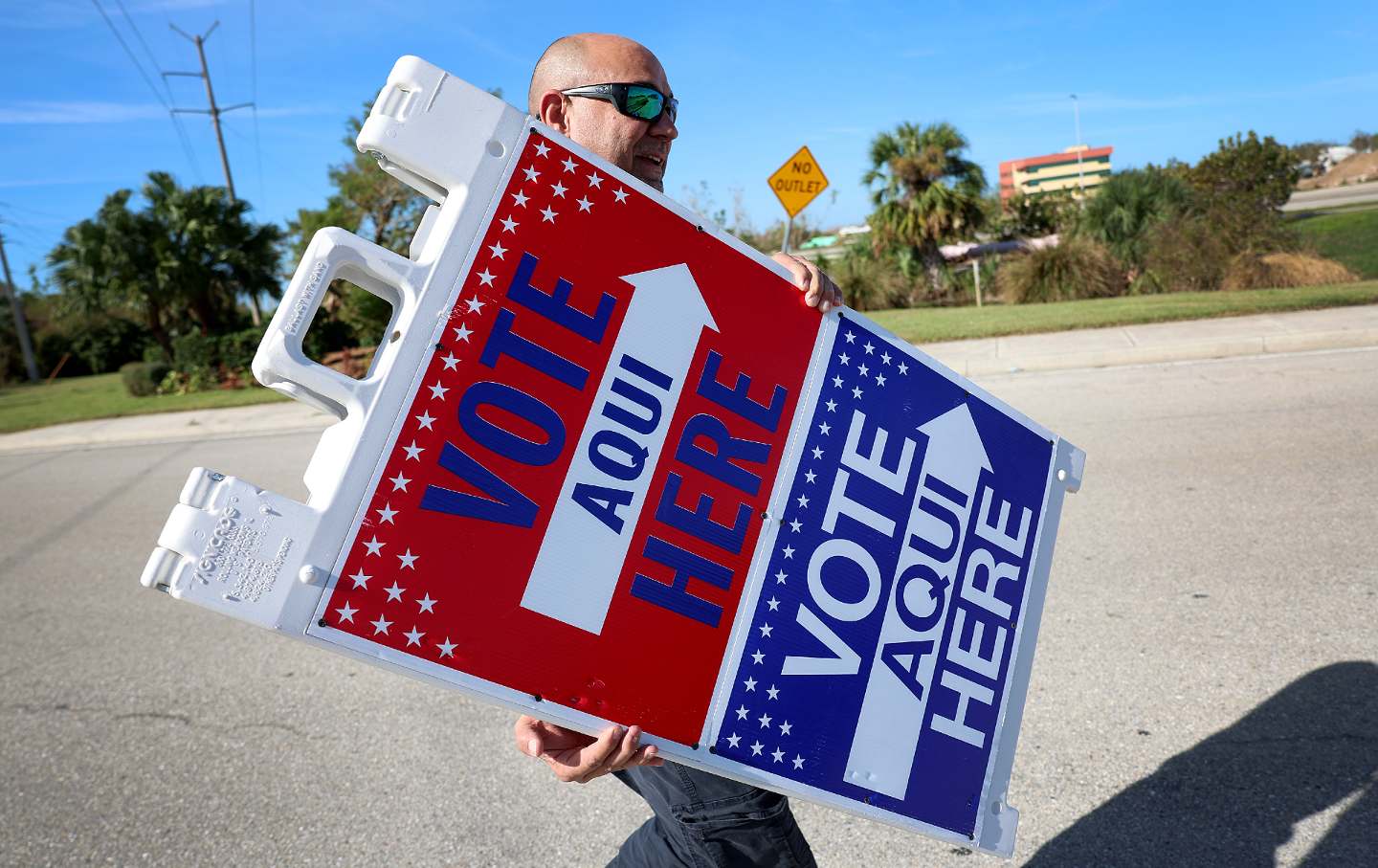































































































.png)
 (1).png)





